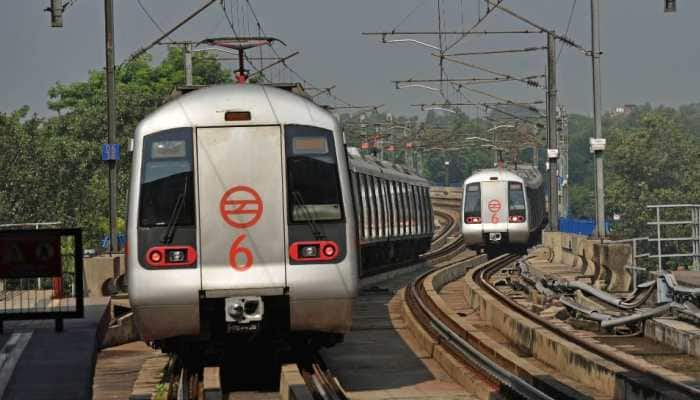Time For PM Modi To Practice 'Coalition Dharma'. What He Must Learn For Atal Bihari Vajpayee
The biggest takeaway form this election is - return of coalition politics, and the same could be the biggest challenge to Prime Minister Narendra Modi.
Trending Photos
)
The Narendra Modi-led BJP has failed to secure a clear majority and winning 240 seats implies that the party will need the support of allies to form a government. However, National Democratic Alliance (NDA), led by the BJP, has crossed the majority mark.
The biggest takeaway form this election is - return of coalition politics, and the same could be the biggest challenge to Prime Minister Narendra Modi.
The results of 2024 dealt the strongest blow to the BJP since 2014. The aura, or the 'Wave', surrounding PM Modi has now diminished. The country's politics, now, it seems is reverting to the era of 1998-2014 when politics revolved around two camps. Modi is not among those leaders who find it easy to run a coalition government; he has a habit of total control. Therefore, if he wants to be Prime Minister for the third time and run a coalition government for the full five years, he will have to heed the advice of former Prime Minister Atal Bihari Vajpayee.
Vajpayee, a master of coalition politics
Vajpayee is considered the architect of coalition politics. In the late 20th and early 21st centuries, he brought together ideologically opposing parties like no other in Indian politics. In May 1998, under Vajpayee's leadership, the NDA was formed. The coalition broke up within a year, but Vajpayee added new members to the family and became PM again. Under Vajpayee's leadership, the NDA worked from 1999 to 2004, with nearly 24 parties within its fold. Though the era may be different, Vajpayee's opponents still praise how he ran the government despite the constraints of coalition politics.
Overcoming many challenges of coalition politics, Vajpayee implemented several economic and structural reforms on domestic fronts. He boosted the private sector and attracted foreign investment. During his tenure as PM, India conducted its second nuclear test at Pokhran and emerged victorious in the Kargil War against Pakistan.
Vajpayee's mantra for running a coalition government
There is a world of difference between Vajpayee's and Modi's styles of governance. In the last ten years, Modi has centralized power at the Prime Minister's Office (PMO). However, despite the rhetoric during the 2024 Lok Sabha campaign where Modi repeatedly said, 'I won't bend, I won't stop, I won't tire...,' the pressure of coalition politics may force him to bend and sometimes even stop. In such times, Modi might find inspiration in one of Vajpayee's poems.
Yes, to run a stable coalition government, it will be necessary to 'walk together.' After becoming Prime Minister for the third time, PM Modi will have to listen to the opinions of his NDA allies. Before making crucial decisions, he will have to consult them. While grappling with pressure politics, he will have to advance his government's agenda. In the words of former PM Vajpayee, 'we must walk together.'
Stay informed on all the latest news, real-time breaking news updates, and follow all the important headlines in india news and world News on Zee News.
Live Tv







)
)
)
)
)
)
)
)
)
)
